
Vegetable Production Using Indoor Hydroponics System
- Home
- Vegetable Production Using Indoor Hydroponics System
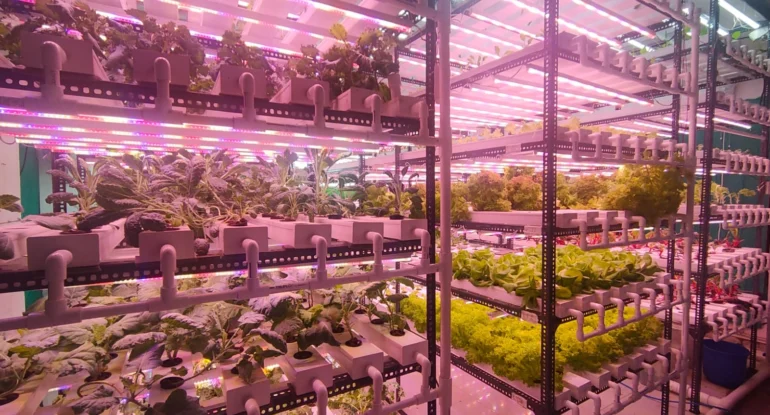
Vegetable Production Using Indoor Hydroponics System
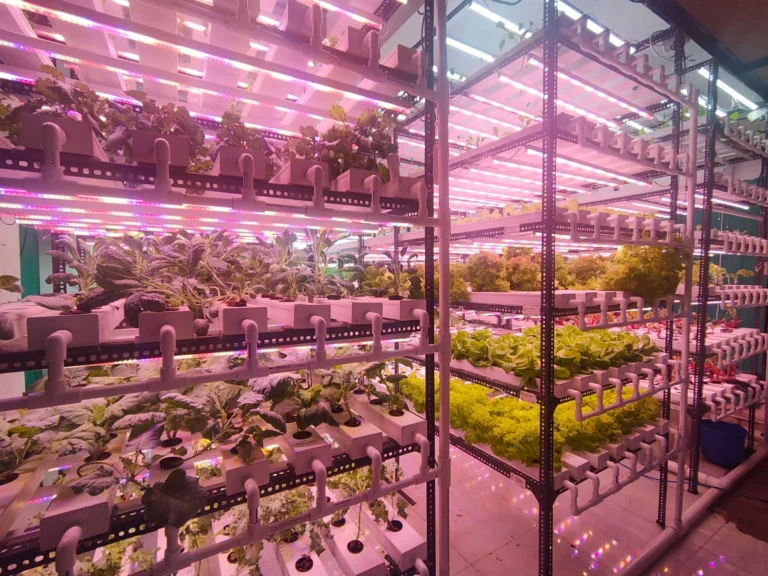
With the increasing demand for fresh, healthy produce and limited land available for traditional farming, vegetable gardening at home using indoor hydroponic systems has become a popular and sustainable solution. This modern farming technique allows you to grow your vegetables at home year-round, using less space, water, and resources. Whether you live in an urban apartment or a small house, indoor vegetable gardening is possible even without a backyard. In this guide, we will explore how vegetables in hydroponics can thrive indoors, the benefits of indoor vegetable farming, and how to create an efficient indoor vegetable growing system.
What is Hydroponics? : Hydroponics is a method of growing plants without soil. Instead, plants grow in nutrient-rich water, where their roots absorb all the essential nutrients they need. In hydroponic vegetable farming, water and nutrients are carefully controlled, resulting in faster-growing plants and higher yields. This method is particularly ideal for growing indoor vegetable plants in small spaces.
Types of Hydroponic Systems for Indoor Vegetable Growing: Several types of hydroponic systems work well for indoor vegetable growing, depending on the types of plants and space you have:
Nutrient Film Technique (NFT): This system is great for hydroponics leafy vegetables like lettuce and spinach. A thin stream of nutrient solution flows over the roots, giving plants a continuous supply of nutrients and oxygen.
Deep Water Culture (DWC): In this method, plant roots are submerged in a nutrient solution. An air pump provides oxygen to the roots, which helps in growing fast-growing indoor vegetables like tomatoes, peppers, and cucumbers.
Ebb and Flow (Flood and Drain): This system floods the plant roots with nutrient solution at intervals and then drains it away. It’s a versatile method that works well for a wide variety of indoor vegetable plants.
Drip System: A popular system for indoor veggie growing, the drip system delivers nutrient solution to each plant in controlled amounts. It’s perfect for growing a range of vegetables, from herbs to fruiting plants like tomatoes and peppers.
Wick System: A simple, passive system where a wick draws nutrients from the reservoir to the plant roots. This system works best for quick-growing indoor vegetables like herbs and smaller leafy greens.
Benefits of Hydroponics for Indoor Vegetable Gardening: Indoor Hydroponic Vegetable Farming offers numerous benefits for home gardeners looking to grow vegetables at home:
Year-Round Growing: With the right indoor grow system for vegetables, you can enjoy fresh produce all year long. There’s no need to worry about seasons or bad weather.
Water Efficiency: Hydroponic systems use up to 90% less water compared to traditional farming. The water in these systems is recirculated, making it highly efficient.
Space-Saving: Indoor vegetable farming uses minimal space. You can grow vegetables vertically or in stacked layers, making the most of small indoor areas.
No Soil Needed: Hydroponics eliminates the need for soil, meaning no mess and fewer pests. Indoor vegetable plants without sunlight can thrive in a controlled environment with grow lights for indoor vegetable plants.
Faster Growth and Higher Yields: Plants grown in hydroponic systems receive nutrients directly, allowing them to grow faster and produce more vegetables. This is ideal for growing fast-growing indoor vegetables like lettuce and spinach.
Pesticide-Free Produce: Since the environment is controlled, there’s no need for chemical pesticides. You can grow clean, organic vegetables right in your home.
Vegetables Suitable for Indoor Hydroponics: Hydroponics is great for growing a wide variety of vegetables. Some of the best vegetables for indoor gardening include:
Leafy Greens: Lettuce, spinach, kale, and arugula are some of the easiest and quick-growing indoor vegetables. They thrive in hydroponic systems and are ready to harvest in a matter of weeks.
Herbs: Basil, mint, parsley, and cilantro do well in hydroponic setups, making them perfect for indoor vegetable growing.
Tomatoes and Peppers: Fruit-bearing plants like tomatoes and peppers grow exceptionally well in hydroponic systems, especially with the right amount of light and care.
Cucumbers: These are also great for hydroponic systems, especially in indoor vegetable growing systems that provide adequate support for their vines.
Strawberries: While technically a fruit, strawberries can be easily grown using hydroponics, giving you fresh berries throughout the year.
How to Set Up an Indoor Hydroponic Vegetable Growing System: Setting up an indoor vegetable growing system may seem daunting at first, but it’s simpler than you think. Here’s what you’ll need to get started:
Hydroponic System: Choose a system that suits your space and the type of vegetables you want to grow. For beginners, a simple wick or drip system might be the easiest to manage.
Grow Lights for Indoor Vegetable Plants: Since indoor plants don’t always get enough natural sunlight, using LED grow lights helps mimic the sun’s rays. These lights ensure your plants get the proper light they need to grow.
Please check Nexsel’s Vegetable Grow Lights for Indoor Hydroponics
3. Nutrient Solution: Your plants need a balanced nutrient solution to thrive. You can buy premixed solutions specifically designed for vegetables in hydroponics.
4. Ventilation and Humidity: Proper airflow and humidity control are essential for indoor veggie growing. Too much humidity can cause mold, while too little can dry out your plants.
5. pH and Nutrient Monitoring: Keep an eye on the pH levels of your nutrient solution. Ideally, the pH should be between 5.5 and 6.5 for most vegetables.
Final Thoughts: Hydroponics is an exciting and sustainable way to produce your own vegetables at home. Whether you’re looking to grow indoor vegetable plants without sunlight or simply want to enjoy fresh produce year-round, this indoor vegetable farming method offers a modern, efficient solution. With the right indoor vegetable growing system, proper lighting, and nutrient management, you can enjoy healthy, pesticide-free vegetables, even in the smallest of indoor spaces.
So, why not take the first step today and start your own indoor vegetable gardening journey? Whether you’re a seasoned gardener or a beginner, hydroponics opens up a world of possibilities for growing vegetables at home!
Comment (1)
Leave A Comment Cancel reply
- Blog Categories
- Basic of Artificial Lighting for Plants
- Basic of grow Light
- Case Studies
- General Awareness
- Indoor Vertical Farming
- Medical Plant Research
- Online Tool
- Pitch Grow Light
- Plant Lighting Measurement
- Speed Breeding
- Supplemental Lighting
- Tissue Culture Grow Lights
- Indoor gardening
- LED Grow Lights
- Pharma Segment
- General
Shop Products
2Ft 9W Grow Light for Leafy Vegetables
₹350.00 – ₹650.00Price range: ₹350.00 through ₹650.00
4Ft 18W Grow Light for Saffron
₹495.00 – ₹920.00Price range: ₹495.00 through ₹920.00
Popular Products
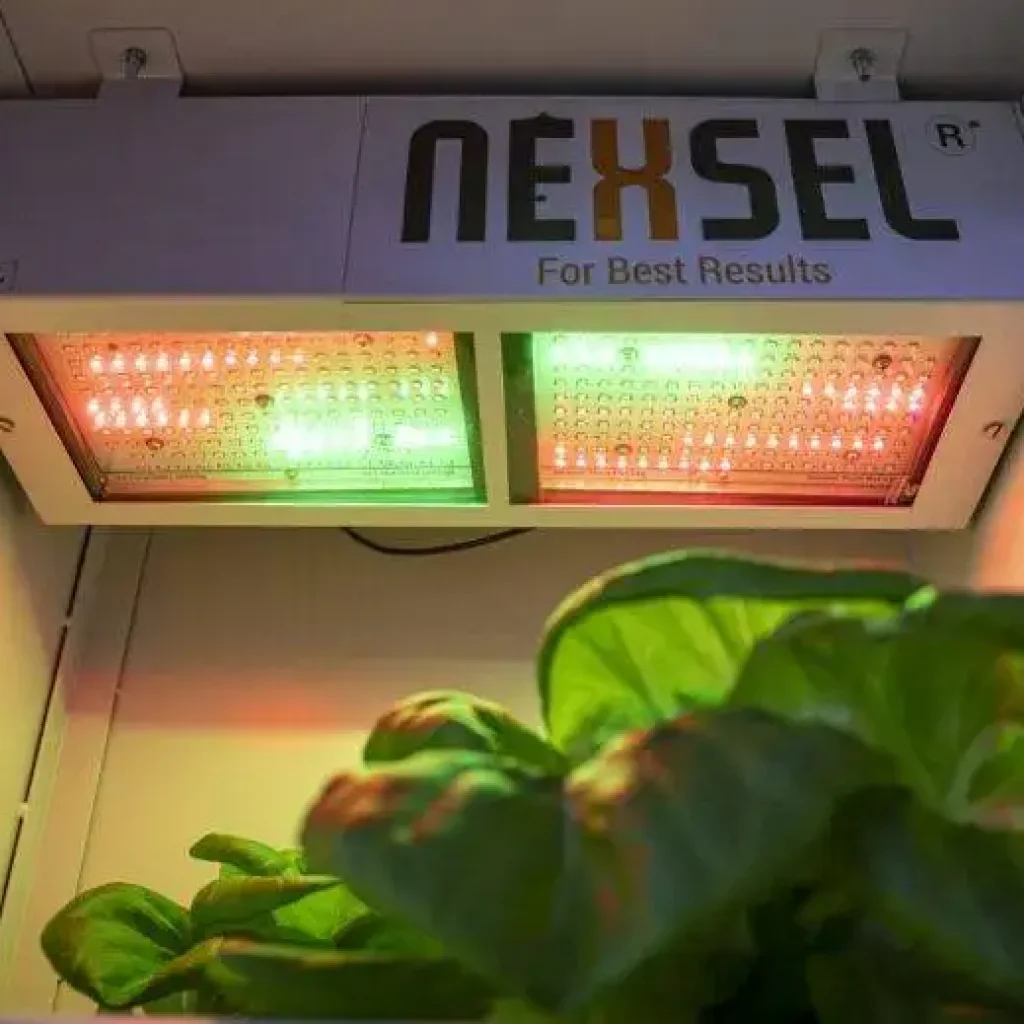
Enquire Now
Quick Link
Other Links
Design & Developed By VBTEK



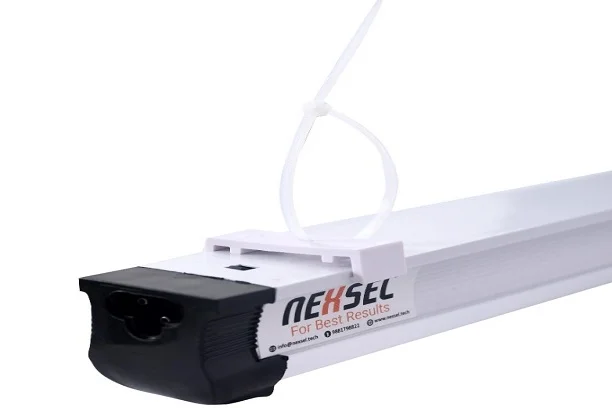
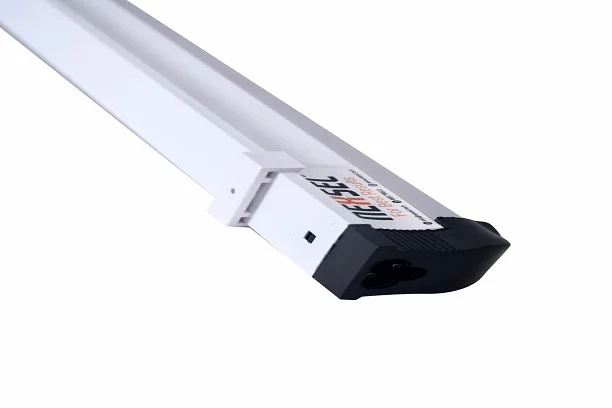
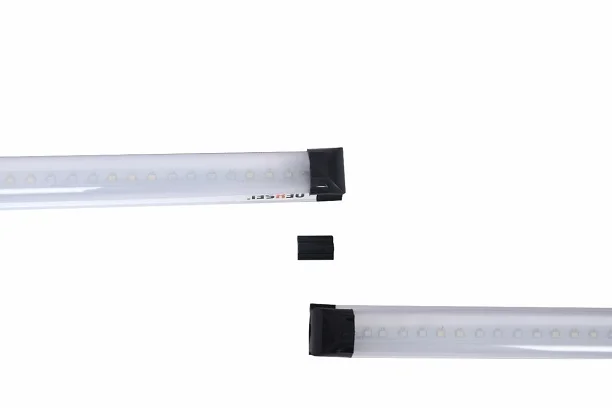
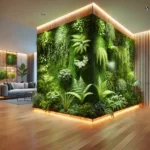

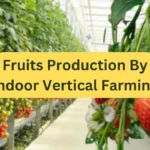
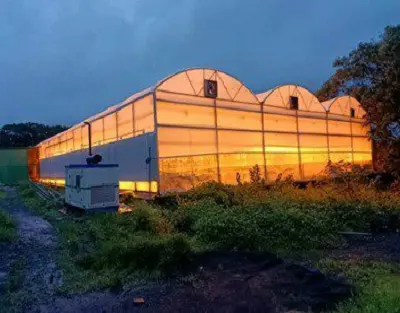
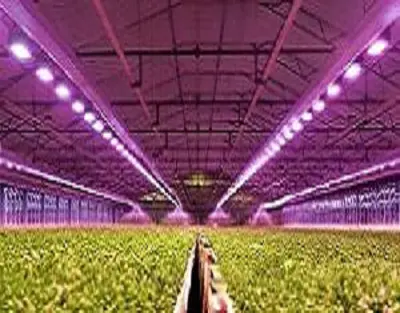
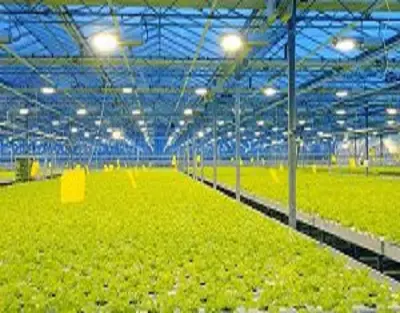

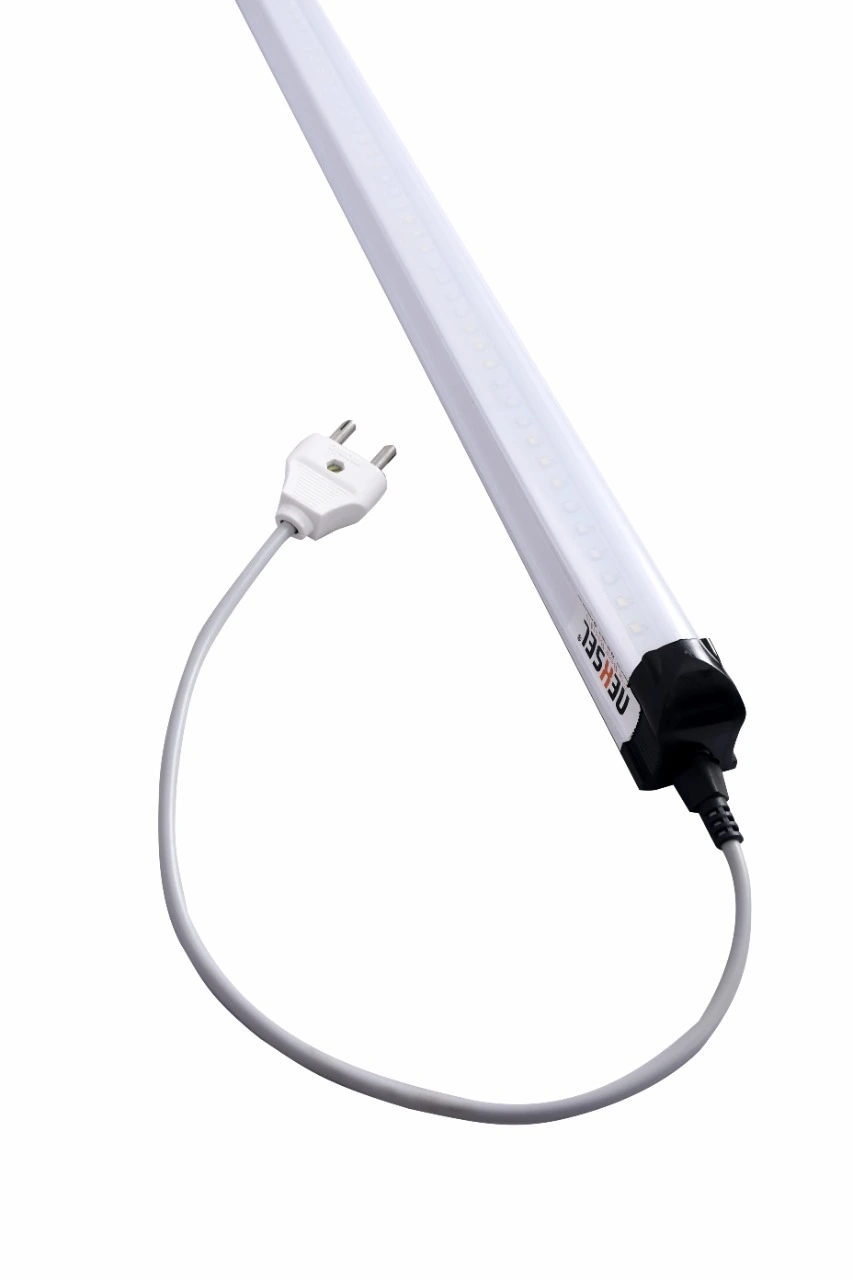
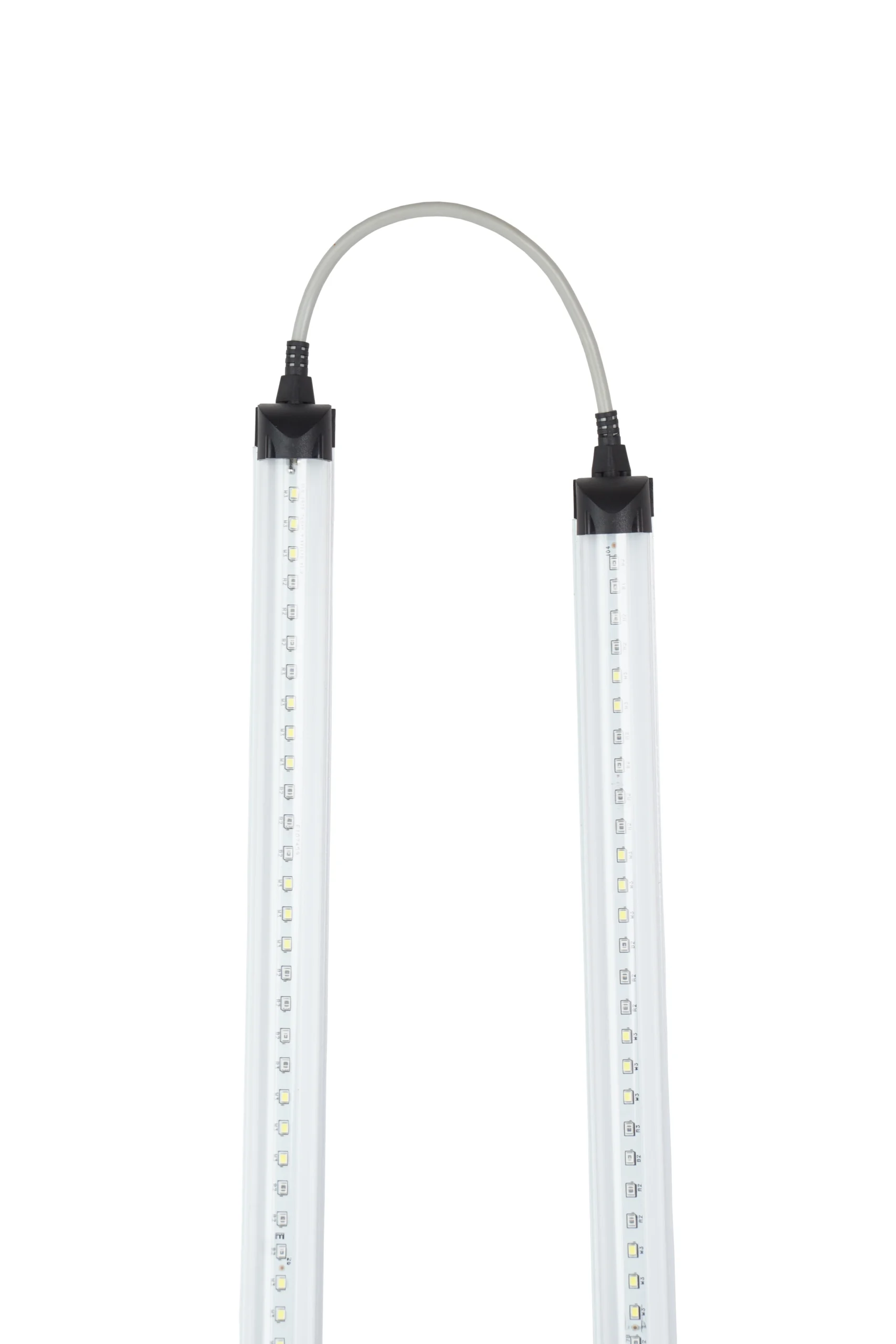
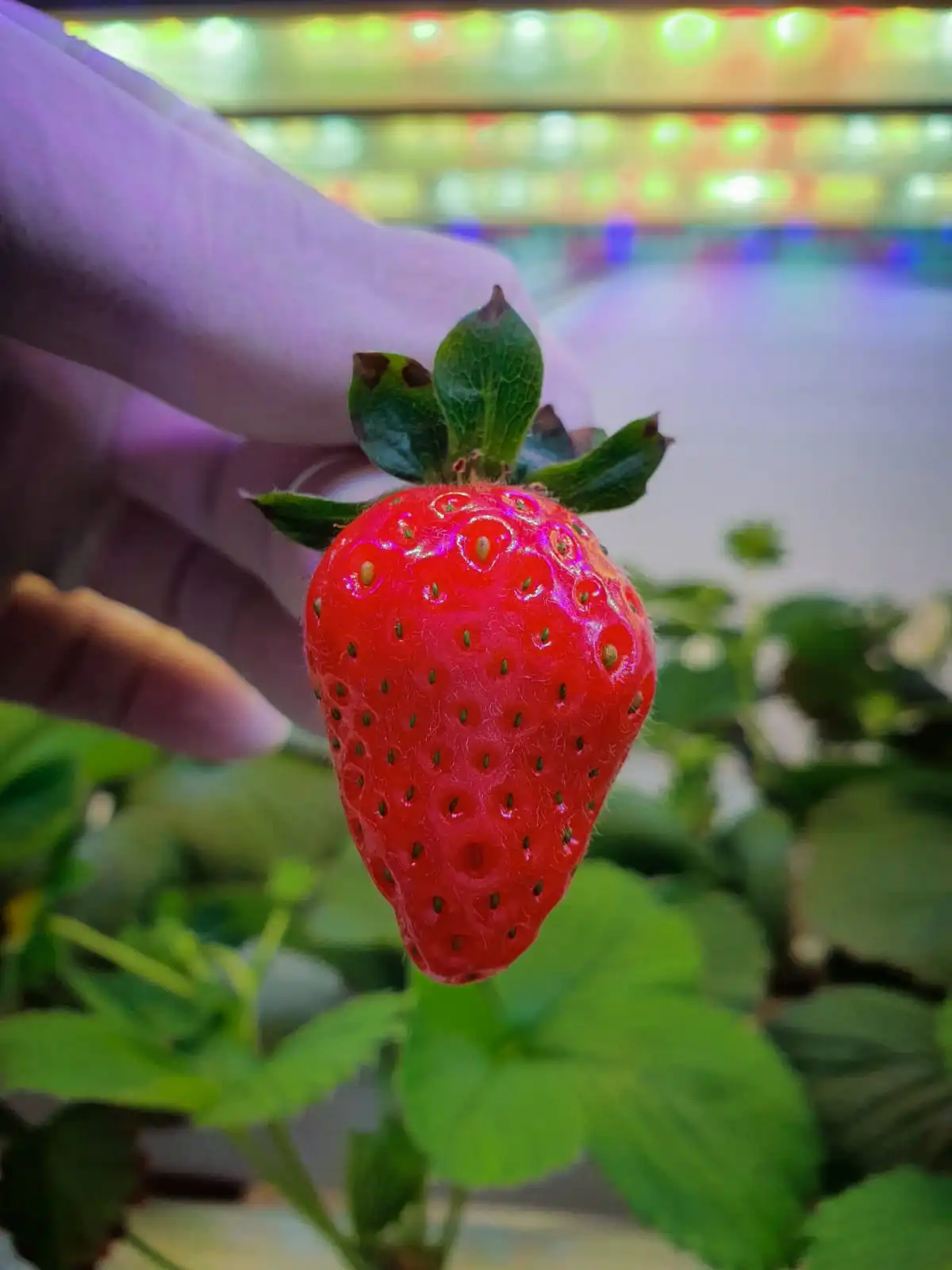
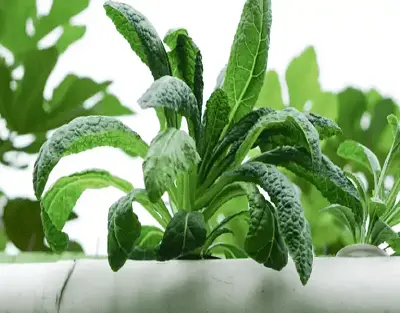
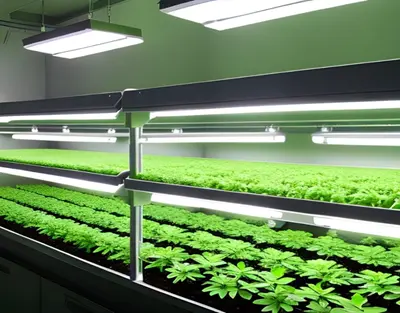
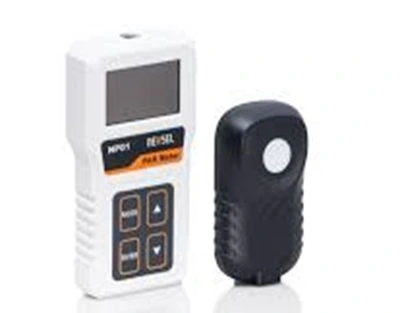
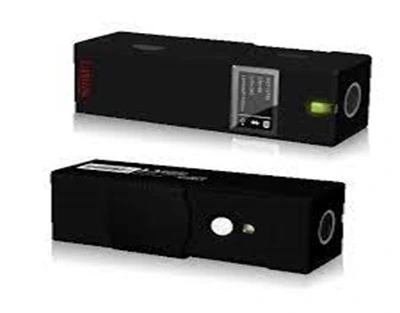
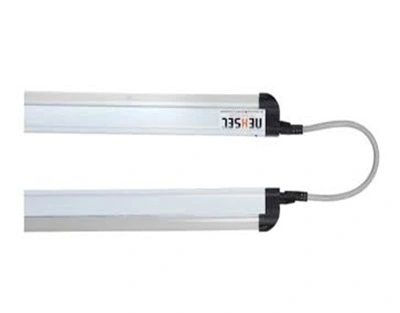
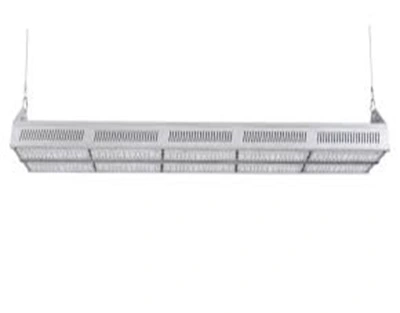
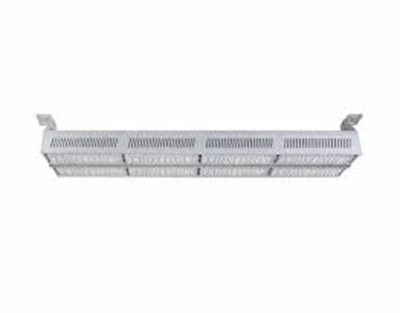
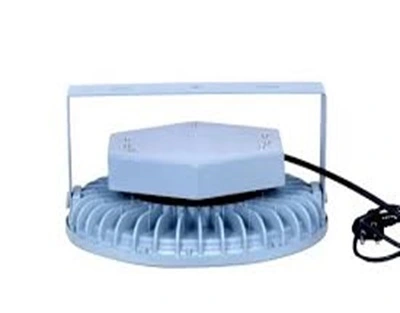
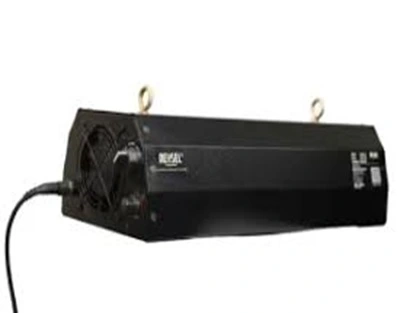
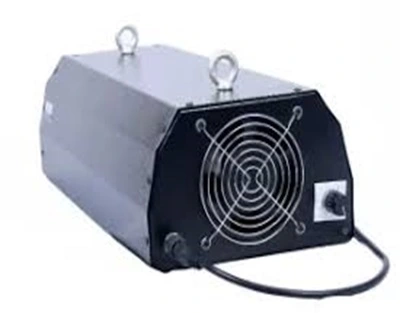
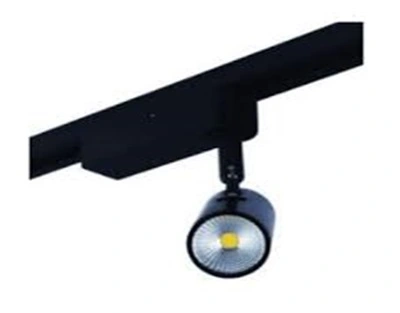
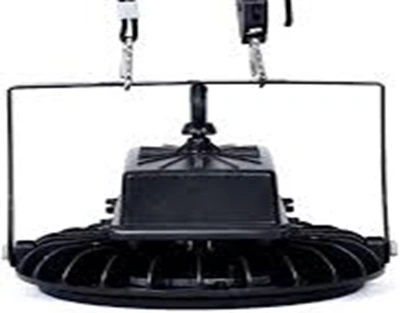
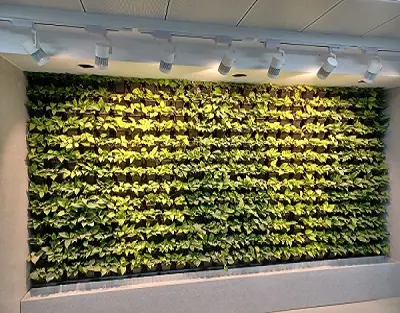
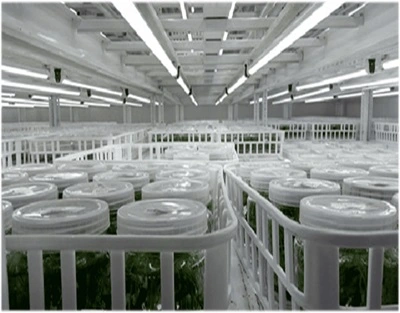
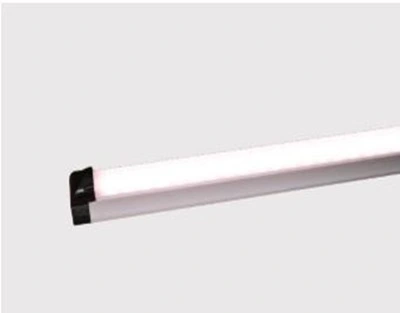
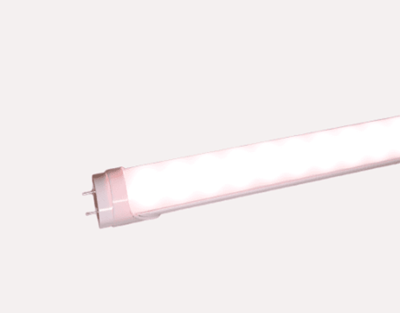
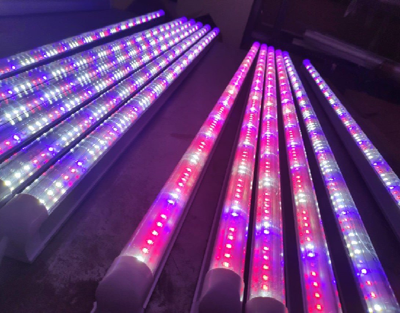
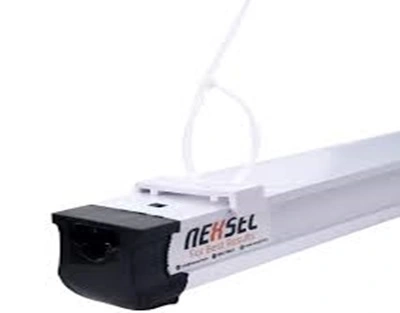
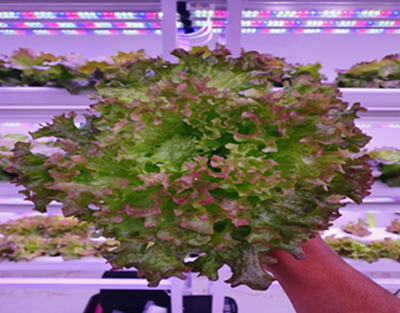
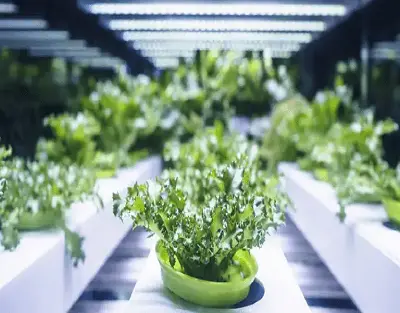
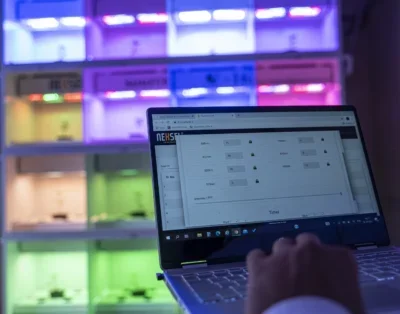


joseph o. ondijo
It is a very unique way of farming. i BADLY NEED IT. AND i INTEND TO IMLIMENT IT BY JUNE THIS YEAR.